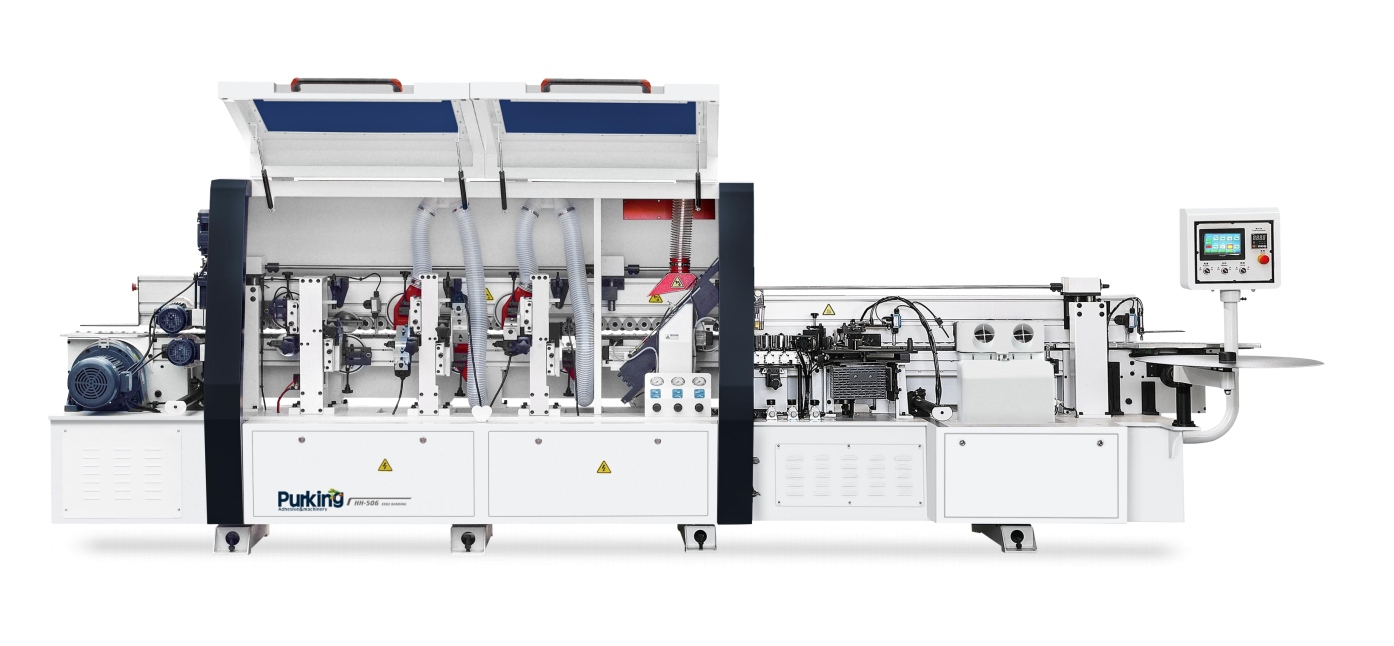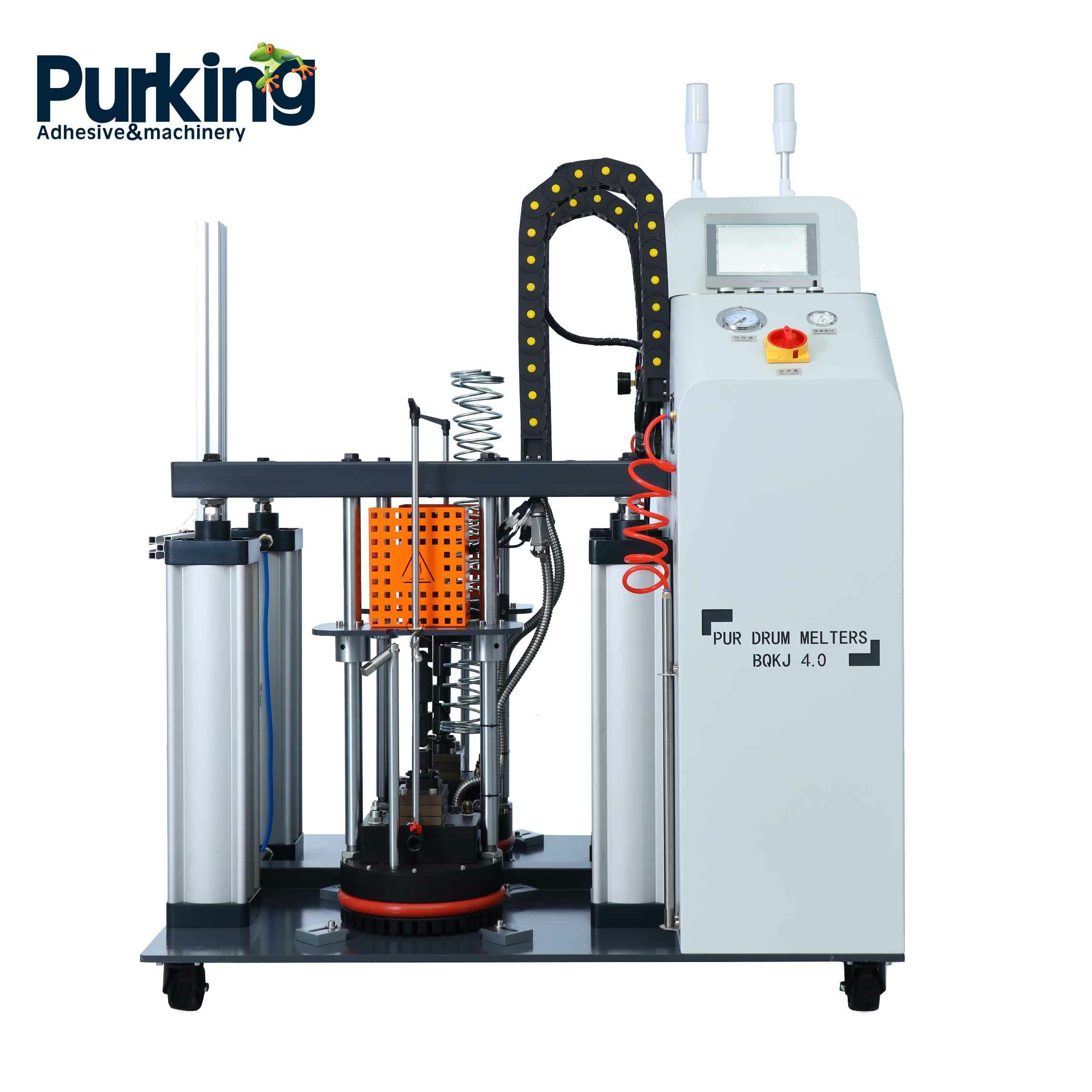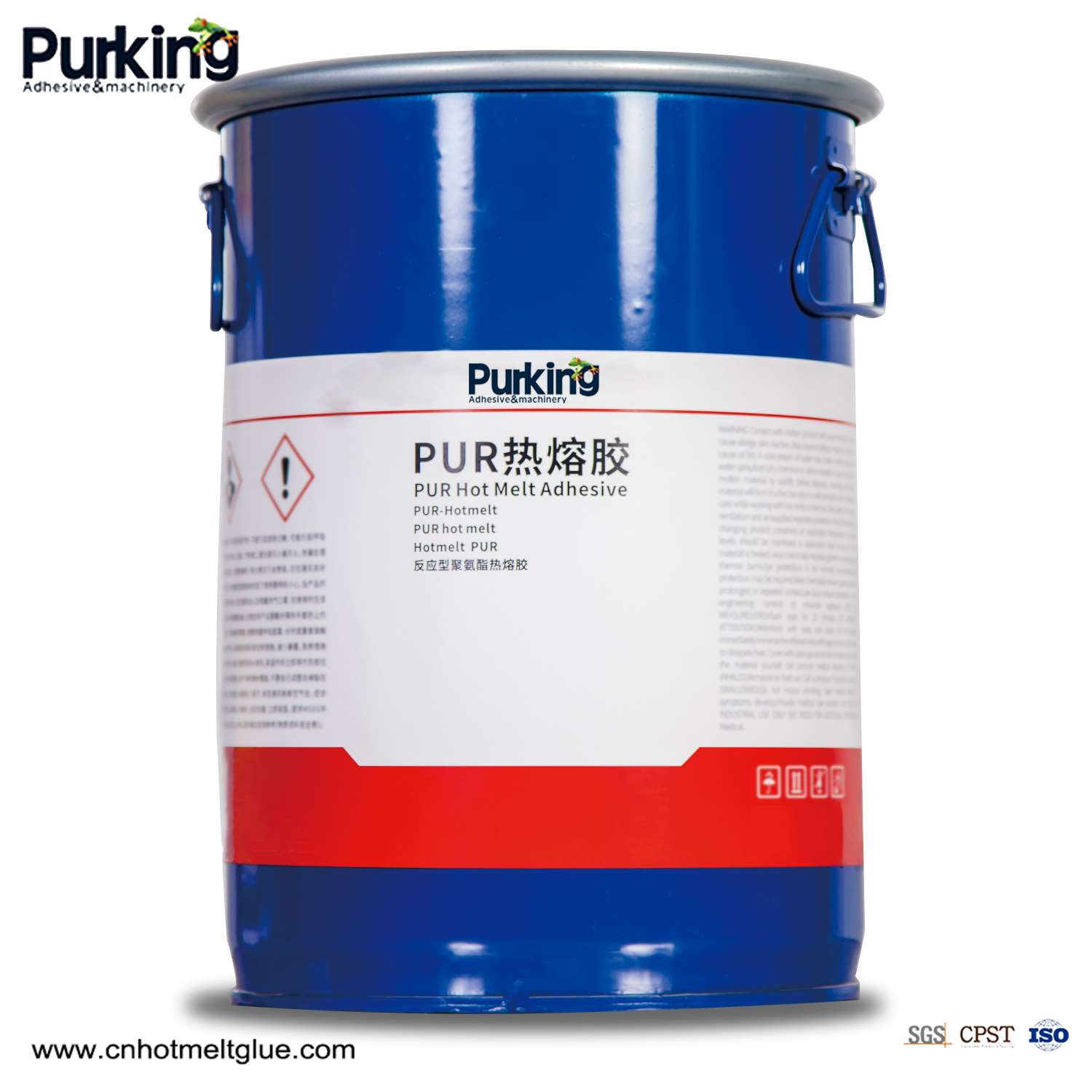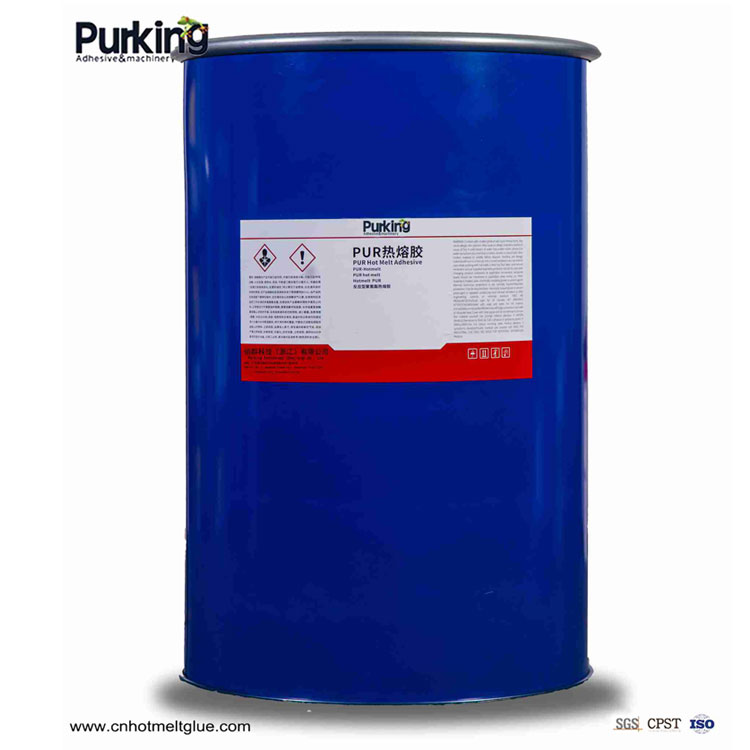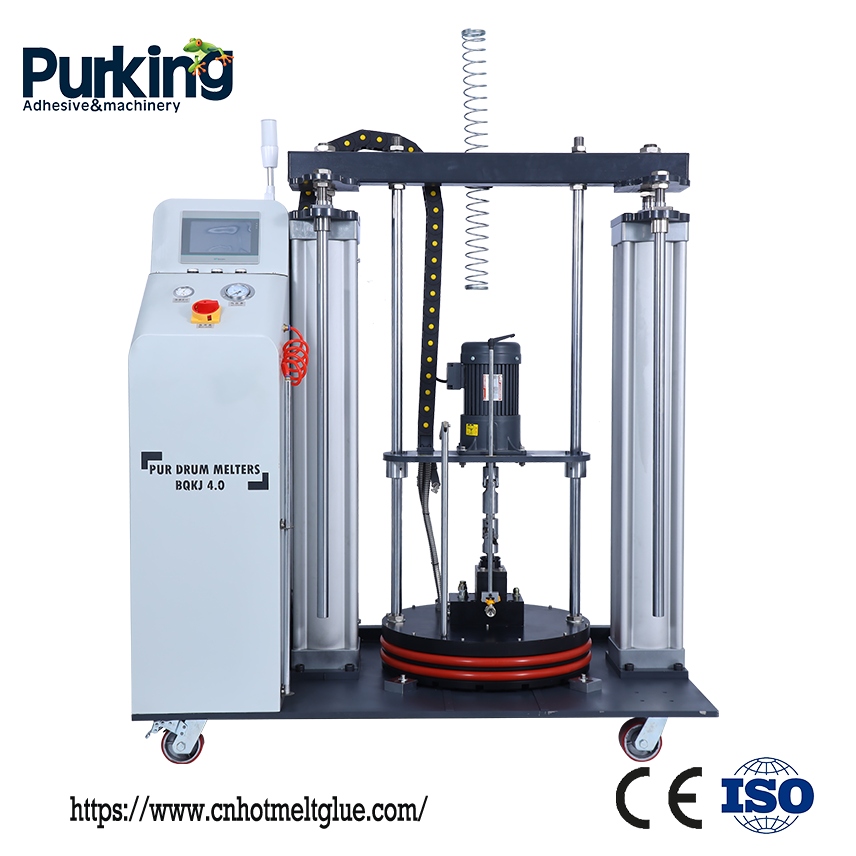The hot melt stick will be destroyed at low temperature, the interface will be destroyed, the sticky layer will be destroyed, and the mixing will be destroyed. So, at low temperature, can the hot melt glue stick work normally?
Interfacial damage refers to insufficient adhesion between the pressure-sensitive adhesive and the surface of the adhesive. The failure of the adhesive layer is due to the low cohesion of the pressure sensitive adhesive. When force is applied, the adhesive layer itself destroys localized adhesive residues on the adhesive surface.
Generally, as the temperature decreases, the evolution law of PSA failure is from the failure of the bonding layer to the failure of the mixed layer, and finally the interface failure.
The main reasons are as follows
1: At low temperature, the molecular movement speed of the pressure-sensitive adhesive is slow, and it is difficult to penetrate quickly. Meanwhile, when the modulus of the pressure-sensitive adhesive increases under the same pressure, the deformation of the adhesive is smaller, the effective contact area is smaller than that at room temperature, and the adhesive strength is lower.
2: As a polymer product, pressure-sensitive adhesive requires sufficient time for its molecular movement. Ordinary needs to be kept at the proper temperature for 72 hours. The bonding strength of the pressure-sensitive adhesive and the bonding surface can reach the ideal bonding strength. Temperature is also an important factor in this process. Molecular motion slows down at low temperatures to build strength. The demand time also increases accordingly.
The ambient temperature of many pressure sensitive adhesives is well below the normal operating temperature of the pressure sensitive adhesive. This is the main reason for the failure of a large number of pressure sensitive adhesives in winter. For pressure sensitive adhesives for winter use, choose a low temperature adhesive for winter bonding production. The glue still retains the ability to move molecules at lower temperatures to ensure low temperature performance.
 English
English  Esperanto
Esperanto  Afrikaans
Afrikaans  Català
Català  שפה עברית
שפה עברית  Cymraeg
Cymraeg  Galego
Galego  Latviešu
Latviešu  icelandic
icelandic  ייִדיש
ייִדיש  беларускі
беларускі  Hrvatski
Hrvatski  Kreyòl ayisyen
Kreyòl ayisyen  Shqiptar
Shqiptar  Malti
Malti  lugha ya Kiswahili
lugha ya Kiswahili  አማርኛ
አማርኛ  Bosanski
Bosanski  Frysk
Frysk  ភាសាខ្មែរ
ភាសាខ្មែរ  ქართული
ქართული  ગુજરાતી
ગુજરાતી  Hausa
Hausa  Кыргыз тили
Кыргыз тили  ಕನ್ನಡ
ಕನ್ನಡ  Corsa
Corsa  Kurdî
Kurdî  മലയാളം
മലയാളം  Maori
Maori  Монгол хэл
Монгол хэл  Hmong
Hmong  IsiXhosa
IsiXhosa  Zulu
Zulu  Punjabi
Punjabi  پښتو
پښتو  Chichewa
Chichewa  Samoa
Samoa  Sesotho
Sesotho  සිංහල
සිංහල  Gàidhlig
Gàidhlig  Cebuano
Cebuano  Somali
Somali  Тоҷикӣ
Тоҷикӣ  O'zbek
O'zbek  Hawaiian
Hawaiian  سنڌي
سنڌي  Shinra
Shinra  Հայերեն
Հայերեն  Igbo
Igbo  Lëtzebuergesch
Lëtzebuergesch  Malagasy
Malagasy  Sundanese
Sundanese  Yoruba
Yoruba  Español
Español  Português
Português  русский
русский  Français
Français  日本語
日本語  Deutsch
Deutsch  tiếng Việt
tiếng Việt  Italiano
Italiano  Nederlands
Nederlands  ภาษาไทย
ภาษาไทย  Polski
Polski  한국어
한국어  Svenska
Svenska  magyar
magyar  Malay
Malay  বাংলা ভাষার
বাংলা ভাষার  Dansk
Dansk  Suomi
Suomi  हिन्दी
हिन्दी  Pilipino
Pilipino  Türkçe
Türkçe  Gaeilge
Gaeilge  العربية
العربية  Indonesia
Indonesia  Norsk
Norsk  تمل
تمل  český
český  ελληνικά
ελληνικά  ελληνικά
ελληνικά  український
український  Javanese
Javanese  فارسی
فارسی  தமிழ்
தமிழ்  తెలుగు
తెలుగు  नेपाली
नेपाली  Burmese
Burmese  български
български  ລາວ
ລາວ  Latine
Latine  Қазақша
Қазақша  Euskal
Euskal  Az?rbaycan
Az?rbaycan  Az?rbaycan
Az?rbaycan  Slovensky jazyk
Slovensky jazyk  Македонски
Македонски  Lietuvos
Lietuvos  Eesti Keel
Eesti Keel  Română
Română  Slovenski
Slovenski  मराठी
मराठी  Srpski језик
Srpski језик 



